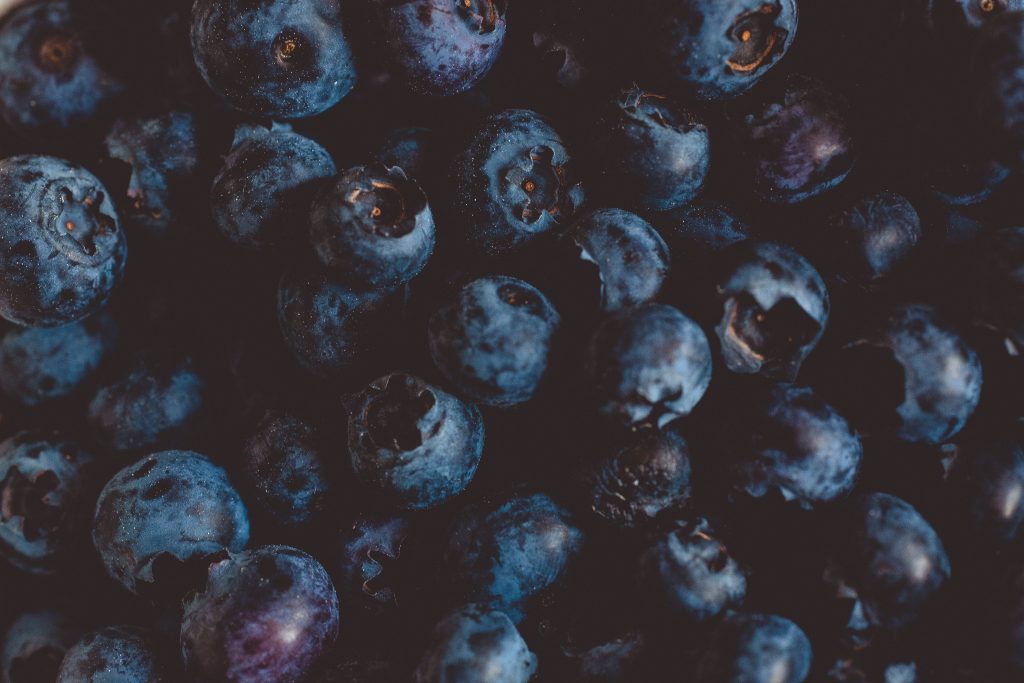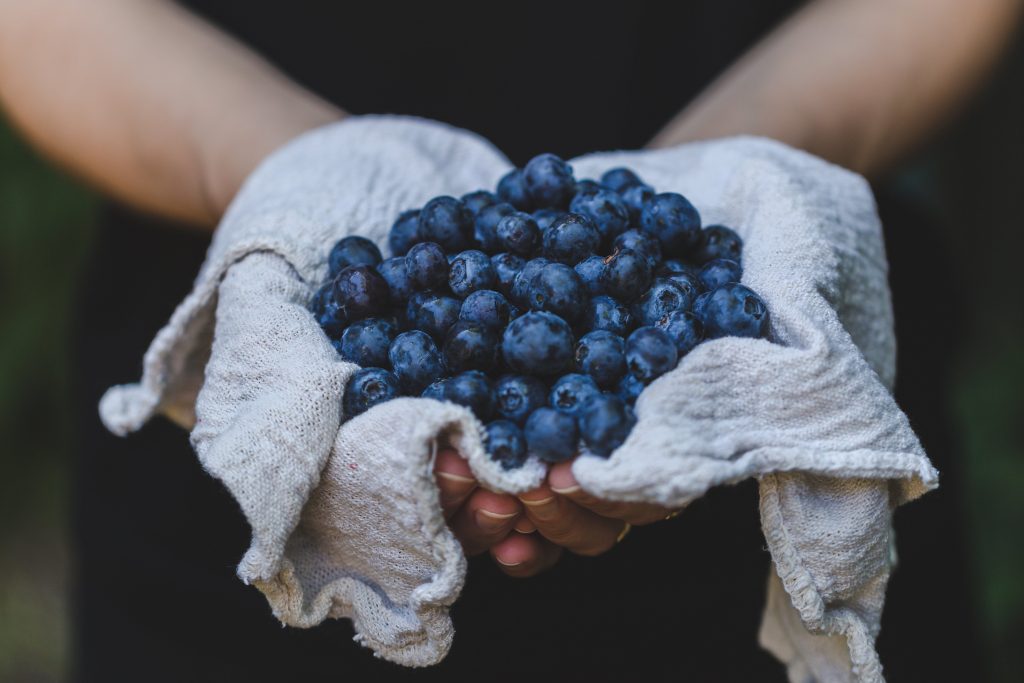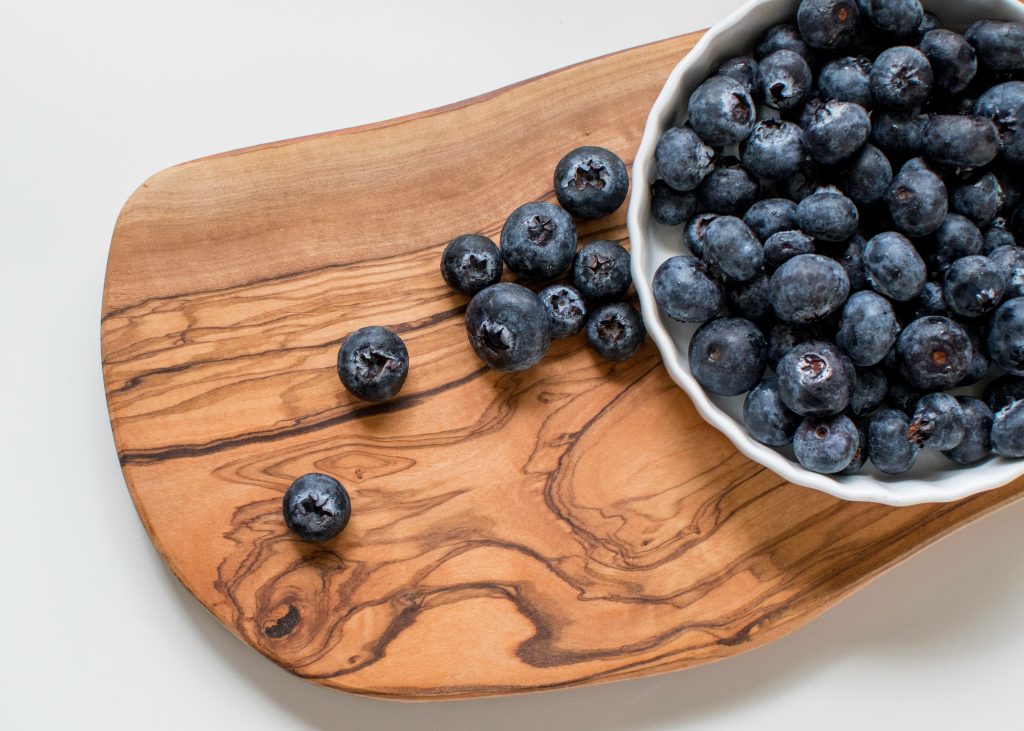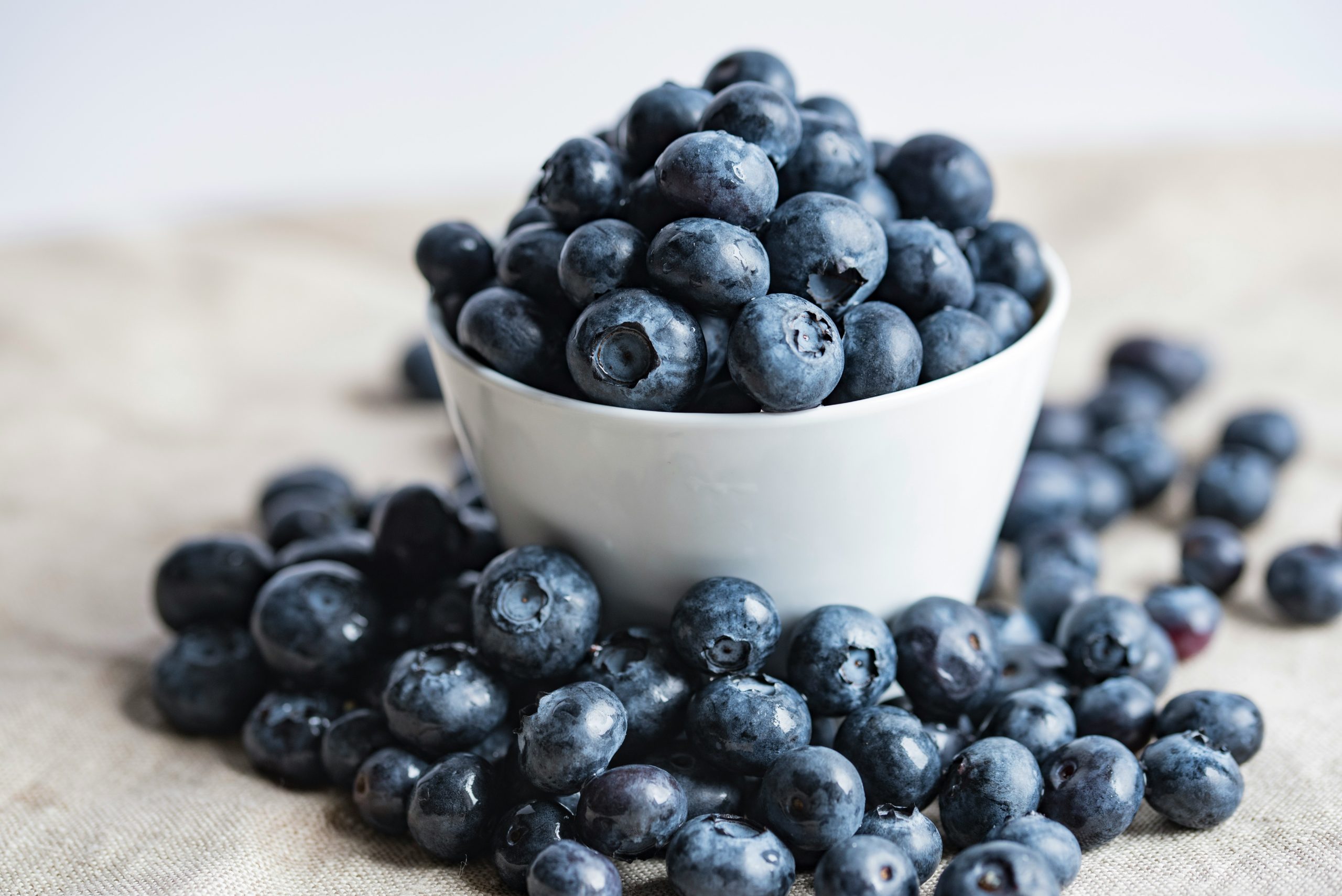The secret lies in a group of compounds called anthocyanins, which are responsible for the vibrant colors found in many fruits and vegetables. In the case of blueberries, specifically, the predominant anthocyanins are delphinidin and cyanidin. These compounds belong to the flavonoid family and are highly pigmented, imparting shades of blue, purple, and red to the fruits they inhabit.


Anthocyanins act as natural sunscreen for plants, shielding them from harmful ultraviolet (UV) radiation and oxidative stress. They accumulate in the outer layers of fruits, such as the skin of blueberries, where they serve as a protective barrier against environmental damage.

But what exactly causes blueberries to appear blue? It all comes down to the pH levels within the fruit’s cellular structure. In acidic conditions, anthocyanins exhibit a blue coloration, whereas in more alkaline environments, they tend to shift towards shades of red or purple. The acidic pH of blueberries contributes to the prevalence of the blue hue, making them stand out among other fruits on the color spectrum.

Interestingly, the intensity of the blue color in blueberries can vary depending on factors such as ripeness, variety, and growing conditions. Ripe blueberries tend to have deeper, more vibrant hues, while immature or unripe berries may appear lighter or even greenish in color.
Read More: The impact of “Our Moon” on life on Earth and human history has been profound.
